Unplugging from the World: Why Exploring Holla Bend National Wildlife Refuge Is Arkansas’s Best-Kept Secret
Imagine stepping away from endless notifications and crowded city streets into a sanctuary teeming with vibrant wildlife, the call of songbirds, and sweeping river landscapes. In a world where constant connectivity can leave us feeling burnt out, even a few hours immersed in nature can recharge our spirits and renew our perspective. That's exactly what you find along the gravel roads, forest trails, and hidden observation towers at Holla Bend National Wildlife Refuge, Arkansas’s hidden gem located just five miles outside Dardanelle.
For nature lovers, birdwatchers, or anyone simply searching for a reset, Holla Bend National Wildlife Refuge offers more than just a scenic drive or a break from routine. The refuge is a dynamic space: each season ushers in new wildlife to observe and habitats to explore, from flocks of waterfowl gliding by in winter, to spring’s explosion of wildflowers and nesting songbirds. These changing cycles create an ever-shifting quilt of experiences—a place as educational as it is restorative. Understanding the meaning and management behind a national wildlife refuge like Holla Bend is essential for anyone passionate about conservation, outdoor adventure, or local Arkansas history. Exploring its wonders is both a privilege and an invitation to care for the land and its wild residents.
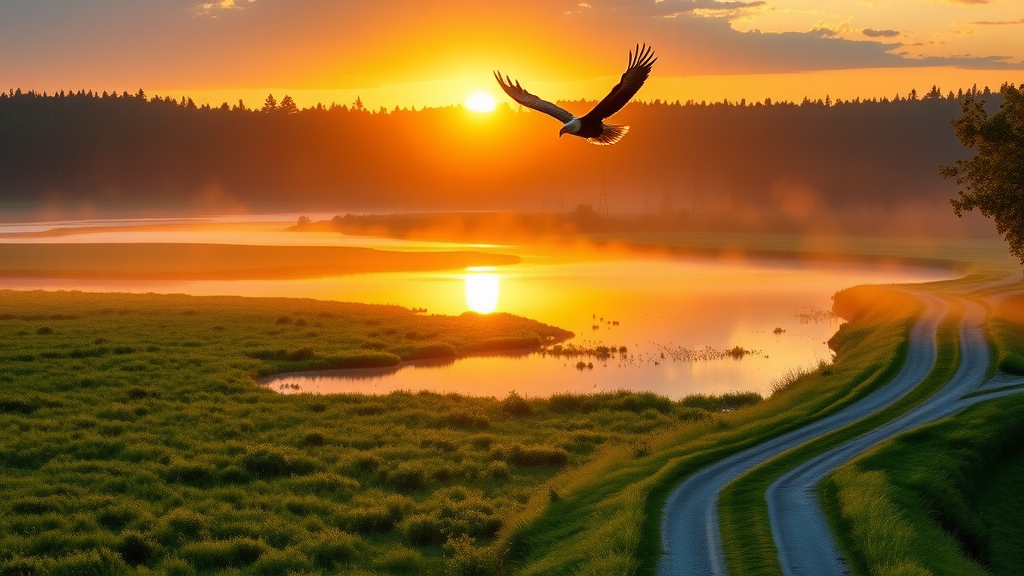
What Makes a National Wildlife Refuge Such a Powerful Resource?
Holla Bend National Wildlife Refuge stands as a testament to what happens when human ingenuity and natural processes work in tandem for conservation. Many visitors are surprised to learn that the landscape seen today—a patchwork of wetlands, woodlands, and cultivated fields—was shaped in the early 1950s, when the U.S. Army Corps of Engineers cut through a river bend to manage flooding and create a safer navigation route. The resulting oxbow and reclaimed bottomlands now provide a sanctuary for migratory birds, mammals, and countless plant species. For the communities surrounding Pottsville and the Arkansas River Valley, the refuge serves as an outdoor classroom and vital habitat corridor.
Beyond its background, a place like Holla Bend offers the public daily opportunities for discovery while fulfilling its mission as a federally protected refuge. Such areas are managed with a blend of public access and responsible stewardship, balancing recreational uses—like hiking, fishing, hunting, and auto tours—with species protection and scientific study. For anyone new to the concept, a visit to a national wildlife refuge isn’t just about admiring scenery; it’s a chance to witness firsthand the strategies and successes of wildlife management. Those who overlook the depth of care and complexity that goes into these areas may miss out on learning why these wild spaces are more valuable than ever in our rapidly changing world.
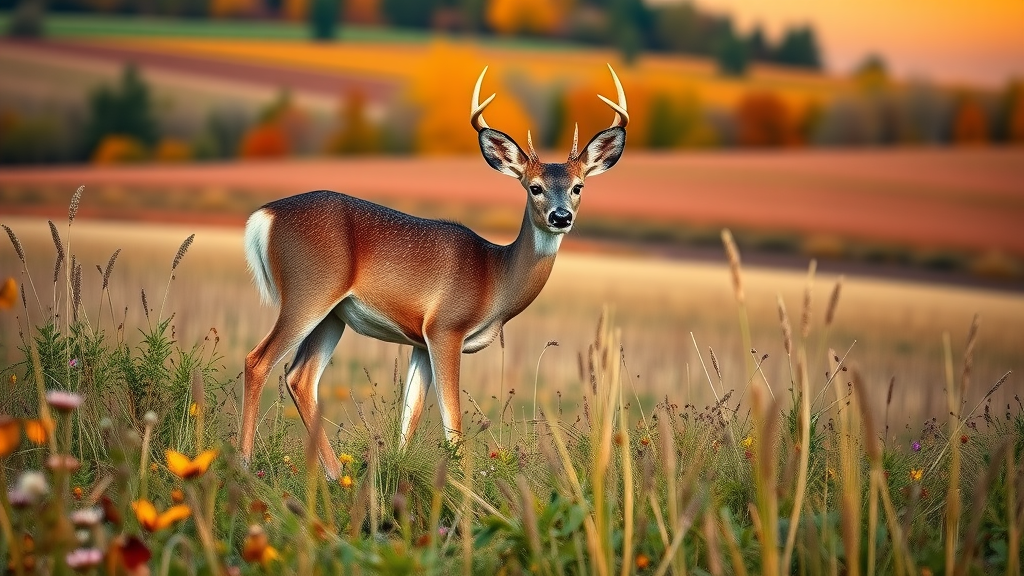
Why a Visit to Holla Bend National Wildlife Refuge is an Unforgettable Experience
Managed by the U.S. Fish & Wildlife Service as an expert steward of habitat and recreation, Holla Bend National Wildlife Refuge gives visitors an opportunity to unplug and reconnect. As one of Arkansas’s prime locations for viewing songbirds, wildflowers, turkey poults, deer, and migratory waterfowl, the refuge shines as a year-round destination for wildlife enthusiasts. One of its strongest draws is the prevalence of Bald Eagles—visible throughout the year but especially abundant during winter and early spring. Whether you are an avid birder, photographer, or simply looking for solace in nature, the refuge offers dynamic scenes at every turn.
Benefits are not limited to observation. The design of Holla Bend National Wildlife Refuge—complete with self-guided auto loops, hiking trails, observation towers, and educational displays—means everyone, from first-time visitors to seasoned naturalists, can enrich their appreciation of Arkansas’s wild heritage. Each visit educates and inspires, deepening the public’s connection to conservation and the unique role wildlife refuges play. For families, students, and locals, these experiences foster a lifelong appreciation for outdoor spaces—and a recognition of how vital public lands are to quality of life.
From Flood Control to Wildlife Haven: The Remarkable History Behind the Refuge
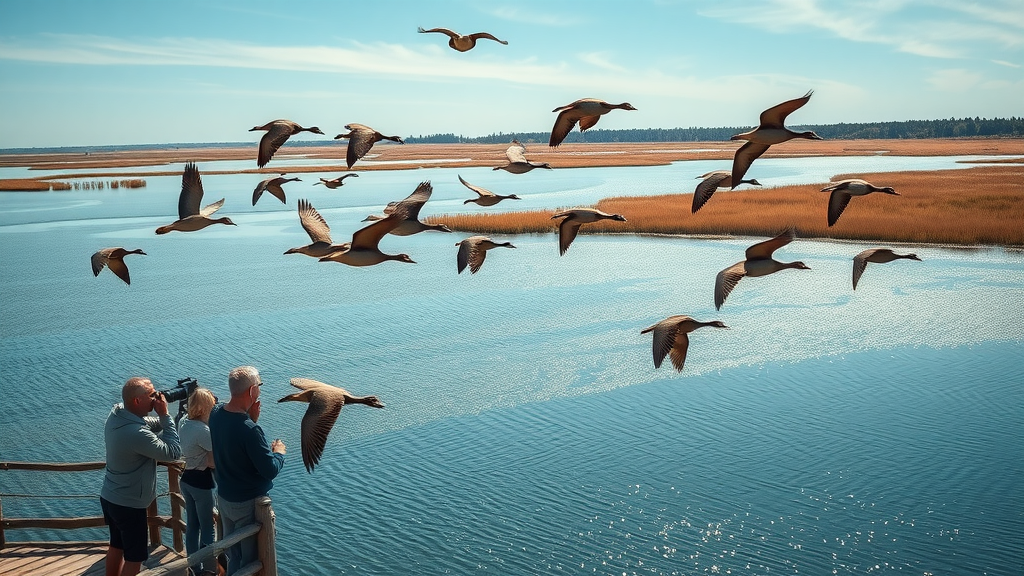
The story of Holla Bend National Wildlife Refuge begins with the confluence of necessity and vision. In the early 1950s, the U.S. Army Corps of Engineers’ effort to cut a new channel in the Arkansas River was meant to manage recurring floods and improve navigation. The outcome, an oxbow isolated from the main river flow, soon revealed a second, serendipitous benefit—the creation of rich habitat ideal for both resident and migratory wildlife. Over time, this reclaimed land was designated as a national wildlife refuge, transforming a site of engineering into a sanctuary for biological diversity.
This historical evolution highlights the refuge’s dual role—not only as a testament to the adaptability of nature, but also of human stewardship. The continued presence of thriving populations of waterfowl, deer, eagles, and a host of other species attests to the foresight of federal and local conservation efforts. For visitors, the history embedded in the refuge’s landscape is a compelling reminder of how habitats can both shape and reflect the priorities of a community.
Tips for Exploring Holla Bend: Making the Most of Your Visit
Those who plan a trip to Holla Bend National Wildlife Refuge are rewarded by its blend of accessibility and authenticity. The refuge encourages discovery at your own pace—a self-guided auto tour winds through various habitats and features stops with hiking trails, observation towers, and informative kiosks. Whether visiting for a morning or a full day, prioritize quiet observation to spot everything from nesting songbirds in spring to white-tailed deer and flocks of geese during the winter migration.
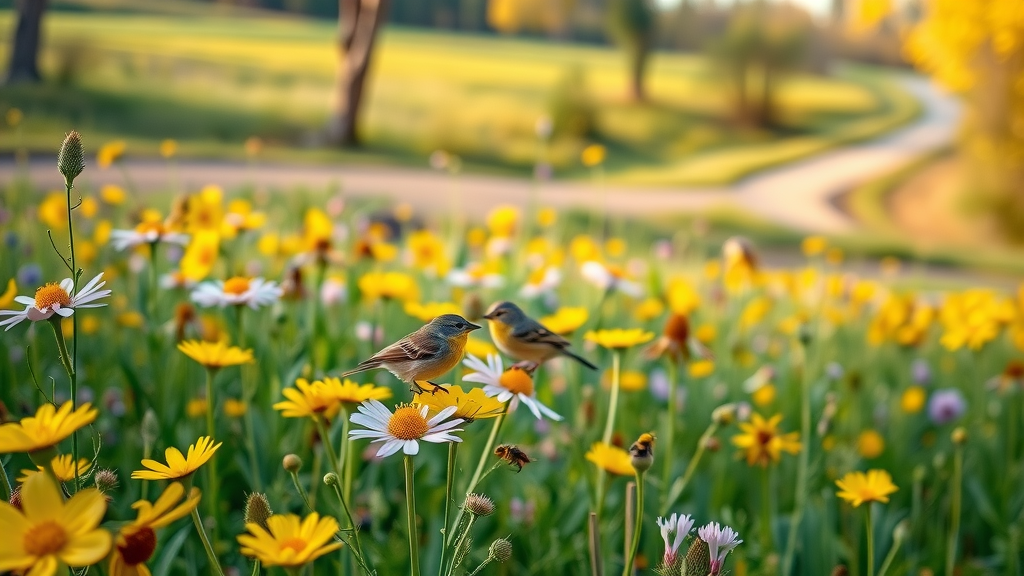
Seasonal shifts bring distinct viewing opportunities: spring and summer offer wildflowers and amphibians; fall and winter prioritize deer and large flocks of waterfowl. Visitors are wise to bring binoculars and cameras—telephoto lenses will reveal hidden wonders among the trees and fields. With reasonable entry fees and no current cost for entry (as of the latest update), accessing one of Arkansas’s finest refuges has never been easier. From educational trips for students to peaceful escapes for solo wanderers, the key is to arrive with curiosity and respect for the land’s quiet magic.
Conservation, Recreation, and Community: The Enduring Mission of Holla Bend National Wildlife Refuge
The underlying philosophy of Holla Bend National Wildlife Refuge is best understood as a balance between preserving natural habitats and welcoming the public into meaningful connection with Arkansas’s wild spaces. Guided by scientific management and the priorities of the U.S. Fish & Wildlife Service, the refuge invests in both conservation and visitor experience. Efforts have been made to maintain high-quality viewing opportunities, sustain critical habitats for waterfowl and migratory birds, and enhance educational value for all guests. Facilities have been modernized and maintained to ensure access—from the recent reopening of Old River Channel Road and boat launch to the inclusion of walk-in trails and observation platforms.
This approach stems from a long-term vision: that public lands should serve both wildlife and people, becoming places where future generations learn to value Arkansas’s rich biodiversity. The ongoing publication of educational materials and active public engagement—through events like the Junior Duck Stamp Art Contest—underscore a belief that the future of conservation lies in awareness, participation, and shared stewardship. Holla Bend National Wildlife Refuge continues to shape a legacy where natural beauty and responsible recreation go hand in hand, setting a standard for refuges across the nation.
What Visitors Really Experience: A Glimpse Through the Eyes of an Explorer
The impact of a visit to Holla Bend National Wildlife Refuge is best captured through the firsthand account of those who have explored its trails and byways. One visitor, Eric Treadwell, describes a journey that goes beyond ordinary sightseeing and turns into a true wildlife adventure.
A drive that you need to put on your list! From birdwatching, song birds, all types of birds of pray and waterfowl, to deer and others. The road is all dirt / gravel road and there is a auto closing gate each night. There is a small office you can stop in and ask questions and get all the info needed. I know of 5 pairs of nesting Bald Eagles in the area, among Red-tail hawks , Sparrow hawk , Barn owls, Great horned owls, Kestrels, Ive even seen few Red and Black Kits. So set aside several hours, grab your binoculars, cameras with your telephoto lens and make the Holla Bend Wildlife Refuge drive, you wont regret it! Oh yeah on our last trip we got 10"-12" of snow.
This testimonial highlights the diversity and abundance of wildlife, as well as the immersive conditions that can make any visit memorable—regardless of weather or season. Like many who explore the refuge, Eric found something exceptional around every turn, reinforcing why a trip to Holla Bend is an experience others will be drawn to repeat. For future visitors, stories like this offer not just inspiration, but an encouraging reminder that each outing promises new discoveries and lasting memories.
Why Exploring Holla Bend National Wildlife Refuge Matters More Than Ever
As local communities and travelers seek meaningful ways to interact with nature, Holla Bend National Wildlife Refuge emerges as a critical resource for education, recreation, and conservation. Its combination of thriving habitats, year-round wildlife encounters, and accessible facilities ensures that the refuge is more than a destination—it is a living example of successful environmental stewardship. The expertise and dedication of its managing team set a high standard for how public lands should be protected and enjoyed, making Holla Bend a model for other wildlife refuges nationwide.
Whether you’re an Arkansas resident or a traveler passing through, learning about and appreciating the work and value of Holla Bend National Wildlife Refuge turns a casual visit into a journey of understanding. With its dynamic habitats and ever-present opportunity to observe Bald Eagles, deer, waterfowl, and so much more, this refuge offers a welcome escape and a vital legacy for future generations.
Contact the Experts at Holla Bend National Wildlife Refuge
If you’d like to learn more about how Holla Bend National Wildlife Refuge can deepen your understanding of Arkansas wildlife and conservation, contact the team at:
📍 Address: Pottsville, AR 72858, USA
📞 Phone: +1 479-229-4300
🌐 Website: https://www.fws.gov/hollabend/
Holla Bend National Wildlife Refuge Location and Hours
🕒 Hours of Operation:
📅 Monday: 7:30 AM – 3:30 PM
📅 Tuesday: 7:30 AM – 3:30 PM
📅 Wednesday: 7:30 AM – 3:30 PM
📅 Thursday: 7:30 AM – 3:30 PM
📅 Friday: 7:30 AM – 3:30 PM
📅 Saturday: ❌ Closed
📅 Sunday: ❌ Closed
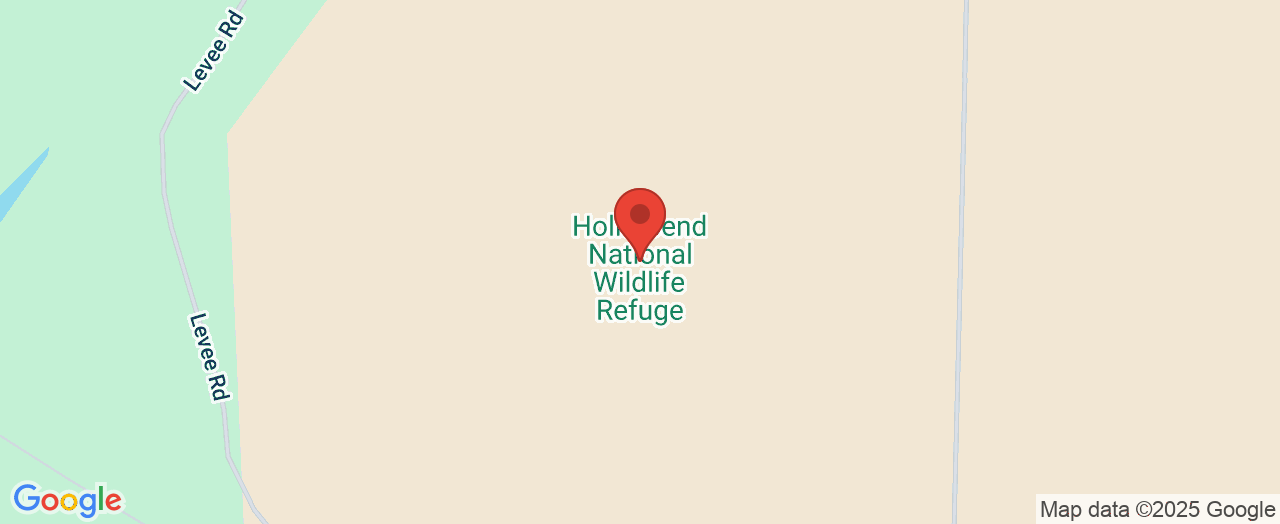
 Add Row
Add Row  Add
Add 





Write A Comment